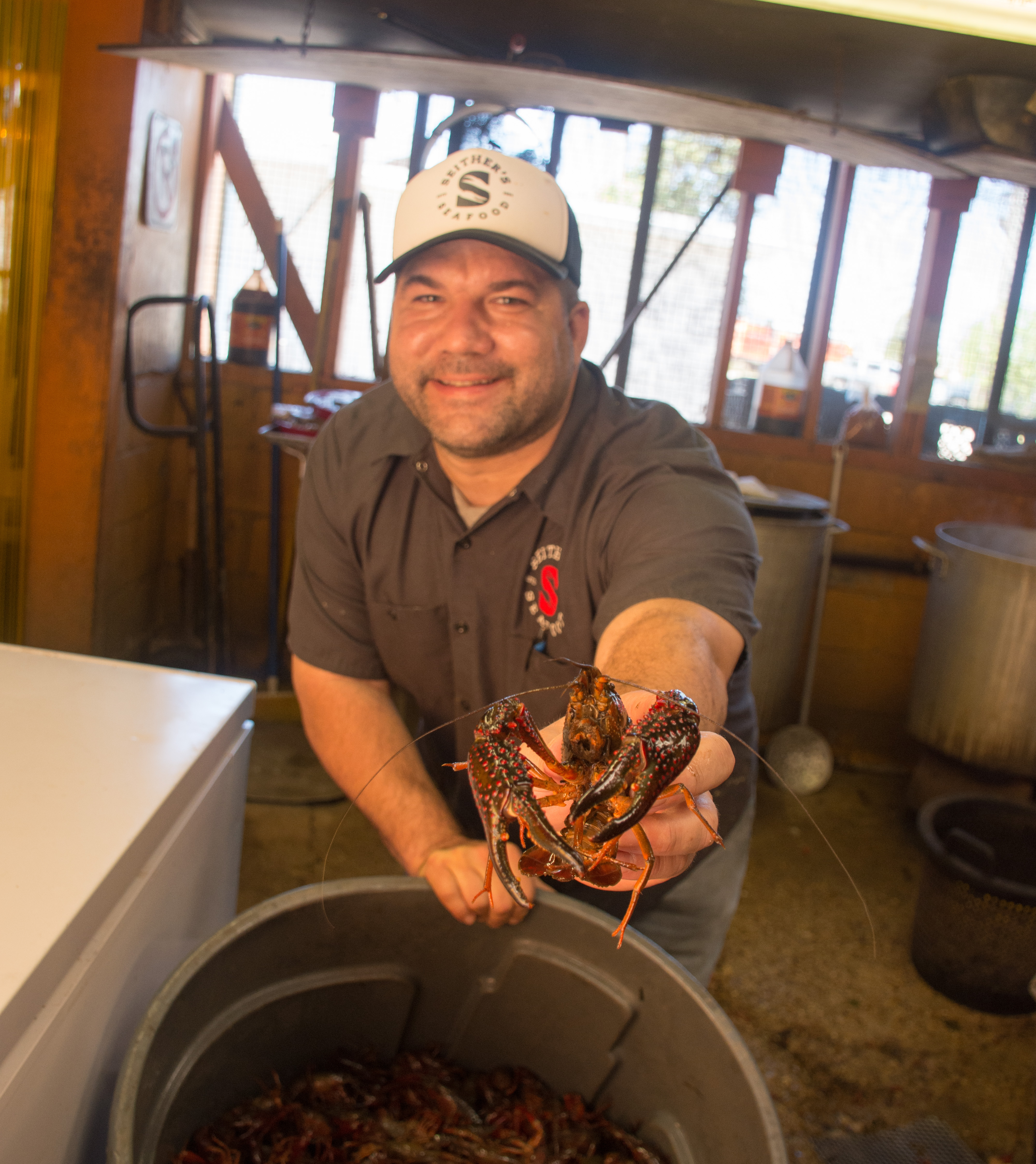
Jason Seither, honorary gatekeeper of Harahan’s Flavortown.
Creative workers continued working throughout the lockdowns of COVID-19. The clubs closed. The restaurants shifted to takeout. The museums were empty. The fabric of creative industries is to bring people together. Most people understand these industries faced economic and organizational challenges. But the extent of their struggles were not always apparent.
Meet “Jane,” a customer experience worker for a museum. At work, she managed exhibits people were not allowed to see. But that wasn’t all. Her other battle was internal, a baby in fact. She learned she was pregnant three weeks before the lockdown. With revenue down, layoffs came on the horizon. Jane faced a decision: to disclose to not to disclose. She had the privilege of working from home. She chose the latter to save her job. Jane survived the layoff. The fear remained navigating COVID safety both at work and for her newborn.
Meet “John,” a dishwasher at a popular restaurant. He was first on the returning skeleton crew when the restaurant reopened. The restaurant adjusted its practices to succeed in the pandemic. The business will be healthy. What about the employees? John did five jobs by himself. Now he is wearing a mask. He washed dishes in 140 degree water and 180 degree heat. Blisters, heat rash, and scars covered John’s face. He was compensated comparatively well for his position, but the scars remain.
The dust is settling on the pandemic. When that dust clears, we must look at the damage left behind. These workers were deemed essential. Systems should be in place to treat them as such.
 NOLAbeings Multimedia artist Claire Bangser created NOLAbeings as a portrait-based story project that marries...
NOLAbeings Multimedia artist Claire Bangser created NOLAbeings as a portrait-based story project that marries...  Voodoo in New Orleans: Reviving history: New Orleans fortune telling This article takes a deep dive into the history of Voodoo in New Orleans, its hybridization with Catholicism, and its present-day place in the city's culture. The author visits fortune-tellers in the French Quarter, using their guidance as a tool for introspection rather than a deterministic predictor of the future. Through her experiences in New Orleans, the author feels a mystical connection to both the past and the future.
Voodoo in New Orleans: Reviving history: New Orleans fortune telling This article takes a deep dive into the history of Voodoo in New Orleans, its hybridization with Catholicism, and its present-day place in the city's culture. The author visits fortune-tellers in the French Quarter, using their guidance as a tool for introspection rather than a deterministic predictor of the future. Through her experiences in New Orleans, the author feels a mystical connection to both the past and the future. 